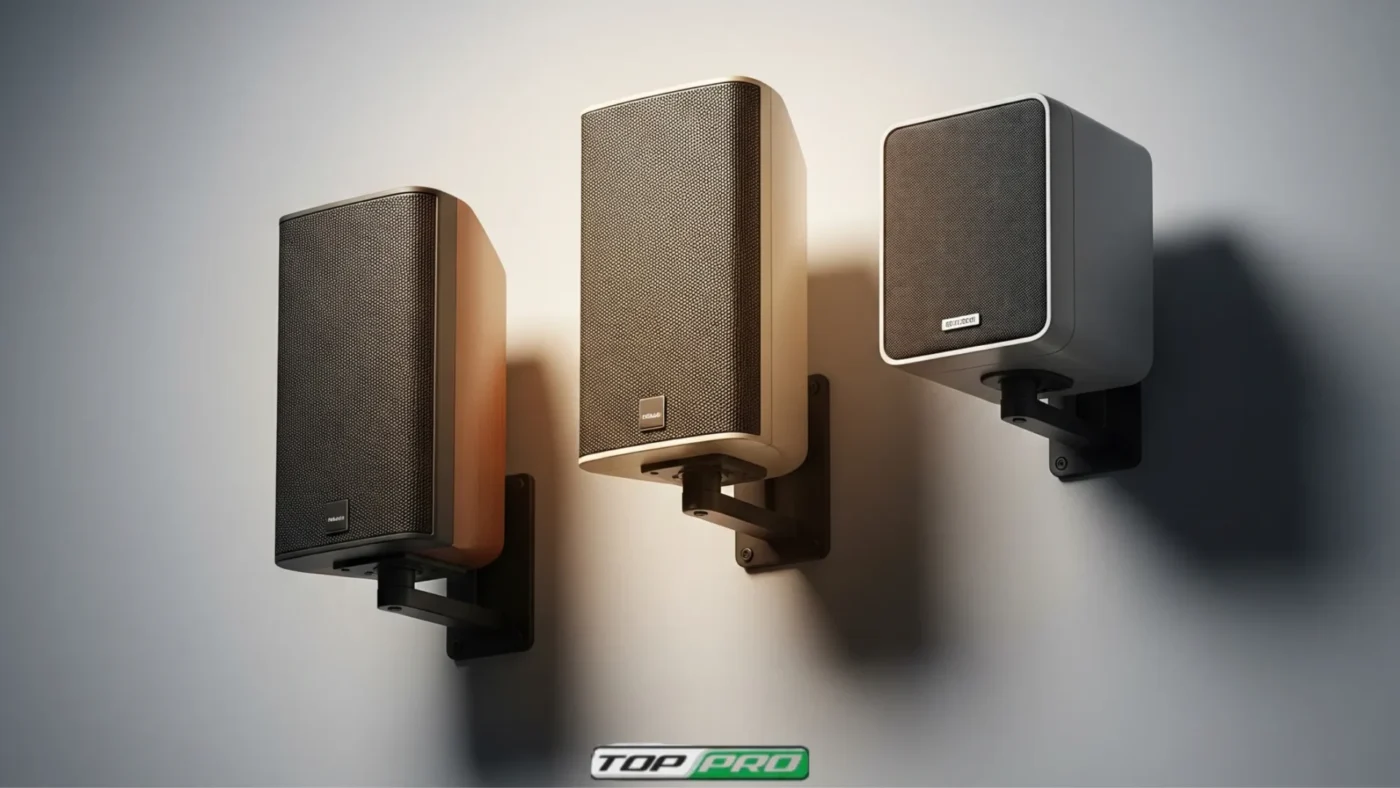How Many Speakers Can We Connect to an Amplifier?

How Many Speakers Can We Connect to an Amplifier?
When setting up a sound system, a common question is, “How many speakers can I connect to an amplifier?” The answer isn’t simple, but understanding a few key concepts will make it easier to configure your system for the best performance.
Understanding Amplifier Power and Impedance
First and foremost, it’s crucial to grasp the correlation between an amplifier’s power output and speaker impedance. Amplifiers are meticulously engineered to function within a specific range of impedance, typically measured in ohms. The most common impedance ratings for speakers are 4 ohms, 6 ohms, and 8 ohms. Connecting an excessive number of speakers or speakers with an incompatible impedance can strain the amplifier, resulting in subpar performance or even damage. By comprehending these fundamental principles, you can take control of your sound system’s performance and ensure its longevity.
Series vs. Parallel Connections
Speakers can be connected in series, parallel, or in a combination of the two.
- Series Connection: When speakers are connected in series, their impedance adds up. For example, two 4-ohm speakers in a series will present an 8-ohm load to the amplifier. This is generally safer for the amplifier but can result in a decrease in overall volume.
- Parallel Connection: Connecting speakers in parallel decreases the total impedance. Two 8-ohm speakers in parallel will present a 4-ohm load. This method can provide more volume but risks overloading the amplifier if the total impedance falls below the amplifier’s rating.
Amplifier Specifications
Most amplifiers specify the minimum and maximum impedance they can handle. For instance, an amplifier might be rated for a minimum of 4 ohms per channel. This means you can connect:
- One 4-ohm speaker
- Two 8-ohm speakers in parallel
- One 8-ohm speaker (which is less common)
Practical Example
Let’s say you have a stereo amplifier, which is a type of amplifier that is designed to power two speakers, rated at 100 watts per channel at 8 ohms, and you want to connect multiple speakers. If you have 8-ohm speakers, you can safely connect two per channel in parallel, resulting in a 4-ohm load per channel. However, if you attempt to connect three 8-ohm speakers in parallel, the load drops to approximately 2.67 ohms, which could be dangerous for an amplifier not rated for such a low impedance.
Using Speaker Selectors and Impedance Matching Devices
For those looking to connect multiple speakers, especially in a multi-room setup, speaker selectors and impedance matching devices are invaluable. Speaker selectors allow you to choose which speakers are active at any given time, while impedance matching devices ensure that the total impedance seen by the amplifier remains within its safe operating range, regardless of how many speakers are connected. These devices often come with built-in protection circuits to prevent overloading, further safeguarding your equipment.
The number of speakers you can connect to an amplifier depends on many things, such as the amplifier’s power rating, the speakers’ impedance, and how you connect the speaker. It’s of utmost importance to always consult your amplifier’s specifications to steer clear of any potential damage to your equipment. For more extensive setups, it’s advisable to consider using speaker selectors or impedance-matching devices to distribute the load safely, further emphasizing the need for responsible and cautious handling of your audio equipment. Understanding the basics of impedance and power ratings and utilizing the right connection methods and tools will ensure your sound system performs flawlessly and delivers the high-quality audio experience you desire.








